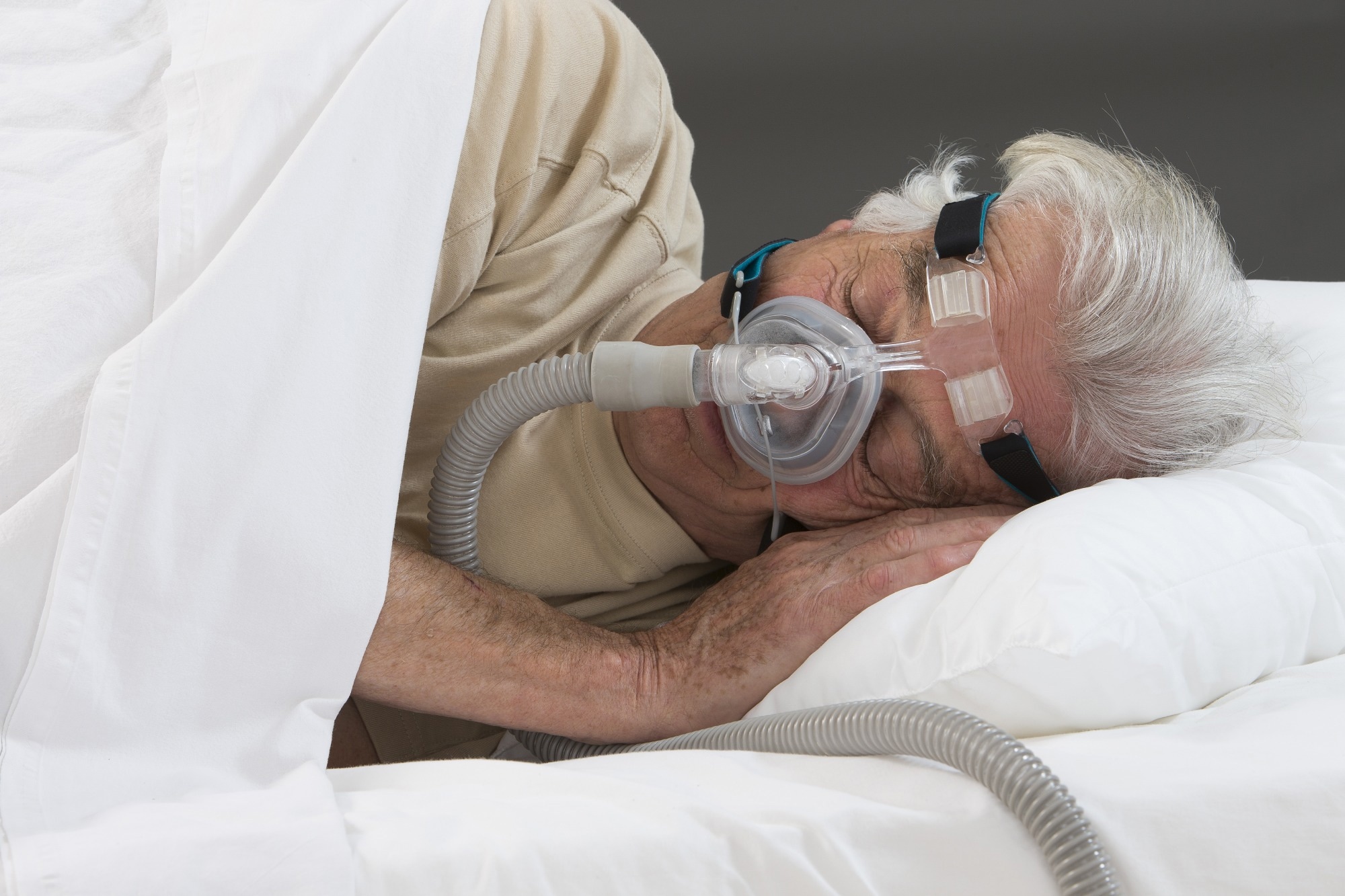Neurologist warns young Indians are at risk of Parkinson’s disease, reveals 4 early signs: ‘Breathier voice…’

Parkinson’s disease is no longer associated with old age, as young adults are also at increased risk. Find out what the early signs are to detect it on time.
December 7, 2025

















